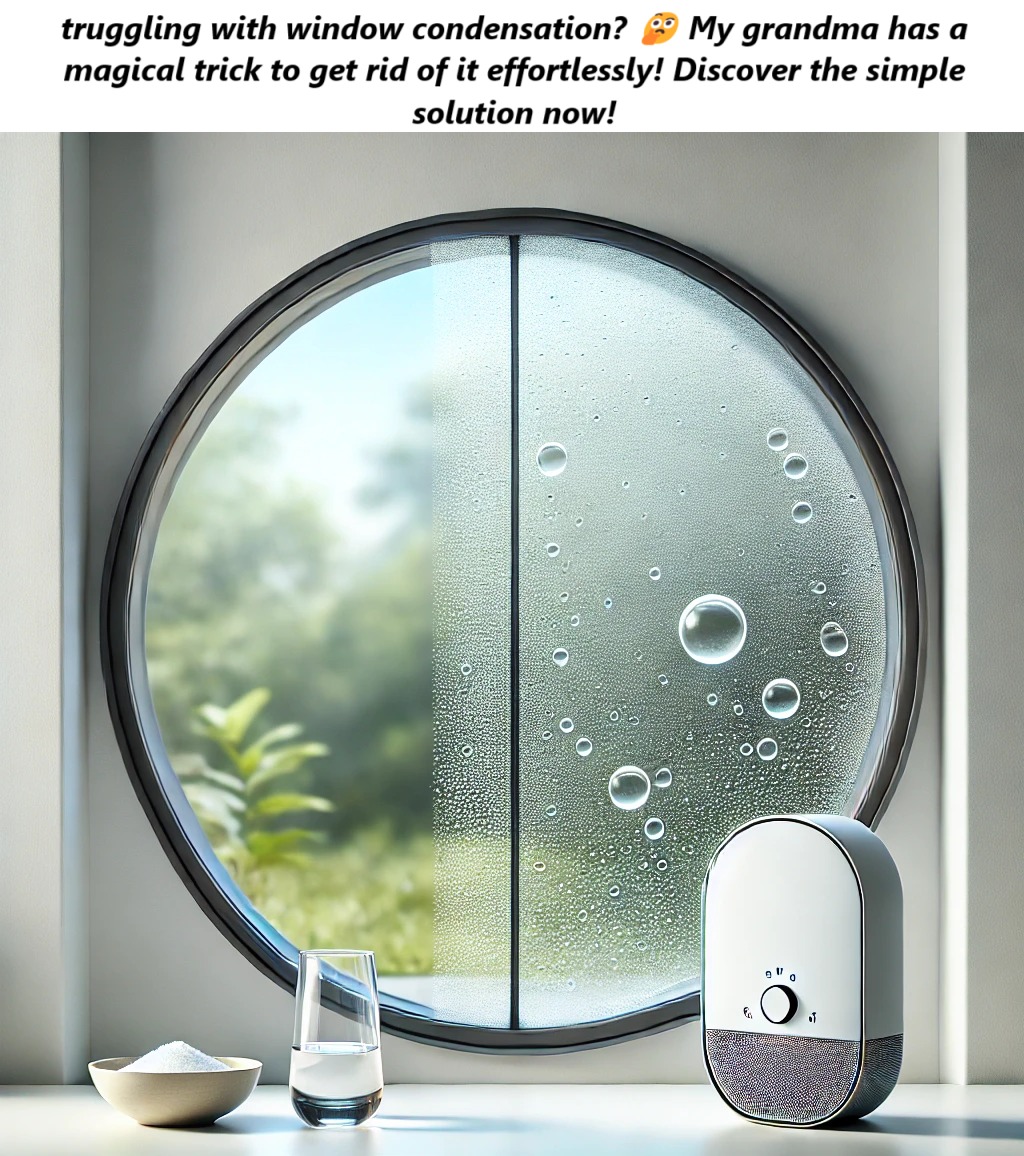ADVERTISEMENT
How to Solve Window Condensation
1. Control Indoor Humidity Levels
Keeping your home’s humidity under control is key to preventing condensation. Ideal indoor humidity levels should be between 30-50%.
- Use a Dehumidifier – A dehumidifier will help to remove excess moisture in the air.
- Ventilate – Open windows occasionally, especially when cooking, showering, or drying clothes. Use exhaust fans in kitchens and bathrooms.
- Houseplants – While they add beauty, too many plants can increase humidity. Consider moving them away from windows if you notice condensation.
2. Improve Window Insulation
If your windows are older or not properly insulated, it’s time to upgrade.
- Double-Glazed Windows – These windows have two layers of glass with air in between, reducing heat transfer and helping to keep the inside surface warmer.
- Weatherstripping – Apply weatherstripping to gaps around windows to keep cold air out and warm air in.
- Thermal Curtains – Consider using thermal or insulated curtains that can help regulate the temperature around your windows.
3. Increase Air Circulation
Proper airflow helps to balance temperature and humidity.
- Use Ceiling Fans – Running a ceiling fan in winter helps to circulate warm air and prevent cold spots near windows.
- Cross-Ventilation – Open windows on opposite sides of the room to create a natural flow of air.
- Use an Air Purifier – An air purifier can also help improve air quality and humidity levels in your home.
4. Absorb Moisture with Silica Gel or Desiccants
Placing silica gel packs or desiccants near your windows can absorb excess moisture in the air. These are especially useful in rooms with high humidity levels, like bathrooms and basements.
Bonus Tips
- Don’t Cover Vents – Blocking air vents reduces airflow and traps moisture. Keep vents clear to allow air to circulate.
- Use a Humidity Meter – Invest in a hygrometer to keep track of the humidity levels in your home. This helps you maintain the right balance for a condensation-free environment.
When to Call a Professional
If you’ve tried all the above solutions and still notice excessive condensation or signs of mold, it may be time to contact a professional. They can inspect your windows for seal issues, insulation problems, or potential moisture damage that may require more extensive repairs.
With these tips, you’ll be able to solve window condensation once and for all and keep your home dry, comfortable, and mold-free. Say goodbye to foggy windows and hello to clearer, cozier spaces!
Let me know if you need any changes or additional details!
ADVERTISEMENT
ADVERTISEMENT
